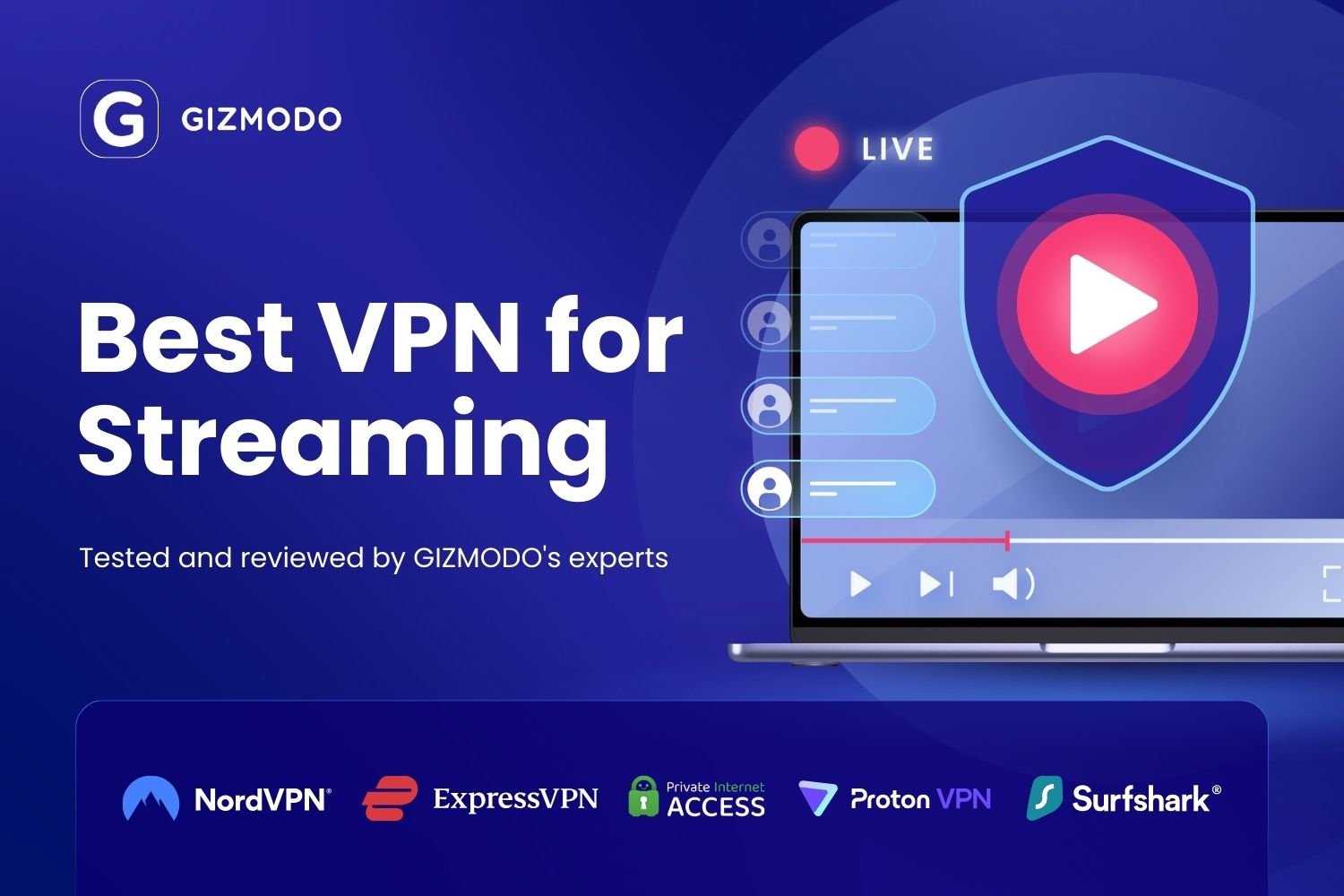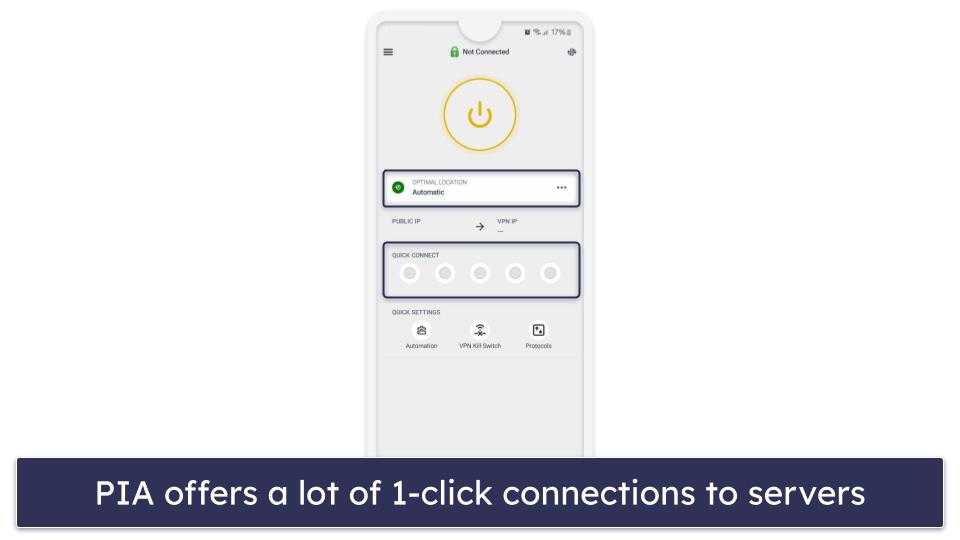Physical Address
Timertau, Pr. Respubliki 19, kv 10
Physical Address
Timertau, Pr. Respubliki 19, kv 10


The demand for secure and private connections has surged as content creators shift towards more discreet methods for broadcasting. The integration of a VPN plays a pivotal role in achieving seamless transmission while maintaining confidentiality. For effective delivery of multimedia content without interruptions, understanding a secure setup is essential. With advancements in streaming technology, especially as we approach 2025, grasping the basics of utilizing these tools can enhance the viewer experience dramatically.
As live transmissions become increasingly popular, incorporating a reliable VPN ensures that data remains protected from prying eyes. These tools not only safeguard personal information but also assist in bypassing geographical restrictions. By employing modern protocols, like WireGuard, users can experience reduced latency. This is crucial for maintaining high-quality broadcasts without significant delay.
In an era where streaming quality directly influences engagement, choosing the right framework for your broadcasts becomes imperative. The clarity of video feeds and the stability of connections can impact an audience’s overall perception. With 2025 on the horizon, being well-versed in the mechanisms of VPN utilization for discreet transmissions prepares content creators to thrive in a competitive environment.
In 2025, the demand for seamless media transmission necessitates a robust connection, ideally exceeding 10-20 Mbps for high-definition content. The choice of an effective service impacts this experience directly. Look into protocols like WireGuard; its ability to enhance speed by up to 40% greatly contributes to lower lag times, ensuring a smoother feed.
Focus on factors such as encryption standards. AES-256 is the industry benchmark for security, essential in maintaining data integrity during transmission. Additionally, assess bandwidth limits–some providers impose lower thresholds which can hinder performance.
Examining server distributions is crucial. Well-distributed servers minimize congestion, leading to steadier speeds. A large network, such as one boasting over 3,000 nodes, generally provides better accessibility and less latency, particularly when connecting to distant regions.
For a practical viewpoint, consider performance metrics from multiple reputable sources. Opt for those with proven records, such as user investigations and independent reviews. Speed tests performed in real-time scenarios can also offer valuable insights into a provider’s reliability.
Brands to consider later include NordVPN, known for its strong security features and vast server network, offering speeds around 300 Mbps which solidify its reputation in streaming circles. Surfshark, coming in at about 290 Mbps, also presents appealing options like IP rotating, enhancing user privacy without sacrificing transmission quality.
Meanwhile, PureVPN has reportedly performed admirably in user tests, making it another contender that deserves attention. Ultimately, grounding selections in up-to-date performance reviews and user feedback can drastically influence the streaming experience.

In 2025, maintaining high-quality connections during broadcasts demands robust configurations. Start by utilizing protocols such as WireGuard, known for reducing latency significantly, which enhances the overall experience. Selecting settings that favor speed can drastically improve performance; look for options prioritizing low ping and high bandwidth.
Choosing the right server location is crucial. Opt for servers close to your broadcasting or viewing location to minimize lag. Some services, like NordVPN, offer features that automatically select the fastest server based on your current location.
Additionally, disabling extra features like double encryption may help in retaining speed during use, and adjusting MTU settings can fine-tune packet sizes for smoother delivery. Regularly test your connection speed to ensure that these configurations are delivering the desired results.
And while setting up, don’t forget to check your device’s firewall settings. Ensure it’s permitting the VPN’s traffic, as restrictive settings can hamper performance and lead to interruptions in your stream. Finally, turn off any background applications that might consume bandwidth, ensuring dedicated resources for your streaming needs.
For more tips on saving during software purchases, check out how to save on Windows key purchase.
Regularly assess your configuration to ensure that security measures align with current standards. Employing DNS leak protection and a kill switch can prevent inadvertent exposure of your IP address during usage. Furthermore, employing multi-factor authentication adds an additional layer of defense.
Choosing a reliable provider, such as NordVPN, can be beneficial. It offers features specifically designed to bolster security, including obfuscated servers that conceal your VPN activity. Such options are instrumental for those aiming for anonymity while broadcasting. Additionally, periodic software updates are vital, addressing vulnerabilities rapidly and maintaining an environment that discourages intrusions.
For seamless broadcasting with minimal interruptions, maintaining a stable connection speed is crucial. Testing your setup prior to going live can help identify any latency issues. Use speed test tools to evaluate performance under real-time conditions. This preparation ensures that your audience experiences high-quality content without buffers.
When selecting a virtual private network service, consider factors like server distribution and bandwidth limits. Providers vary in their capabilities, with some offering dedicated features for streaming. For example, Surfshark provides IP Rotator tools to enhance privacy further, while PureVPN has established itself as a strong contender for consistent performance.
Always prioritize using a service that minimizes data logging. A trustworthy provider will have clear privacy policies, ensuring that user activity remains confidential. Regular audits by independent third parties can also serve as a reassurance of their commitment to user security.
By systematically addressing these key aspects, you can create a fortified environment that not only champions privacy but also enhances the experience of your live broadcasts.
Additionally, many users have reported successful setups using services like NordVPN, known for its user-friendly interface and dedicated streaming servers. As you explore your options, maintaining a secure setup ensures a fluid experience for viewers.
For further reading, visit the National Institute of Standards and Technology (NIST) for the latest trends and practices regarding privacy protections.
Choosing between payment models can significantly impact performance during broadcasts. Free solutions often limit bandwidth, resulting in inconsistent quality during crucial moments. For instance, a standard free tool may offer 100 Mbps at peak times, dropping to around 20 Mbps during high usage periods, hindering smooth transmissions.
Paid options, however, typically provide extensive server networks and higher bandwidth guarantees. Services available in the market often boast speeds up to 300 Mbps with less latency, ensuring a reliable connection even during peak usage times in 2025. Look for those with advanced encryption methods, such as AES-256, which contribute to a secure setup essential for safeguarding privacy during public performances or presentations.
Some modern technologies, like WireGuard, enhance user experiences by reducing latency rates significantly, approximately by 40%. This is particularly relevant for uninterrupted broadcasts, making it vital to select a service that utilizes such advancements.
While free platforms, like ProtonVPN’s free tier, can be useful for casual viewers, they lack the specialized features needed for high-demand activities. They may restrict data usage or limit streaming capabilities altogether, making them less suitable for regular broadcasting setups. On the contrary, paid alternatives ensure reliable uptime and security necessary for professional environments where quality cannot be compromised.
For optimal results in 2025, prioritize testing performance across various locations. Free options might suffice in controlled environments. Still, realistically, expect frequent disruptions or delayed connections, making the investment in a paid service a viable solution for serious users wishing to maintain quality and integrity in their work.